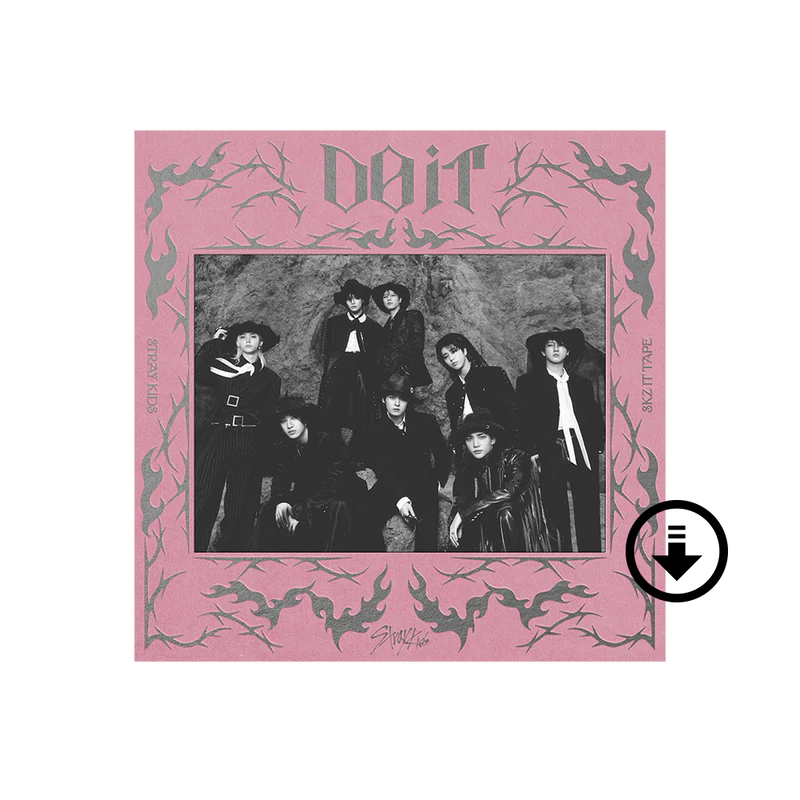While it has not been 19 years after the last book, “Harry Potter and the Cursed Child” is a direct follow-up to the previous book in J.K. Rowling’s series about a wizarding world and “The Boy Who Lived.”
The story focuses on Harry Potter’s son, Albus Severus Potter, named after two of Harry’s professors at Hogwarts School of Witchcraft and Wizardry. Albus’ worry of joining the disliked, villainous house of Slytherin starts a negative trajectory for his character. This tosses him into a turmoil that is endlessly linked with his famous father.
It must be noted in advance that “The Cursed Child” is presented in a script format, for the novel is based on the play of the same name recently released in London. Written by Jack Thorne, and story by Thorne, John Tiffany and original “Harry Potter” author and creator J.K. Rowling, the book serves a great deal of fan service.
In fact, the story has been described as being “canonized fan fiction.” While the story centers around the Potters, it relies heavily on events previously mentioned in the series. While in the right hands this can work, a la “Doctor Who,” it falls flat in “The Cursed Child.”
Additionally, all of the original characters behave and interact with one another as fans know them to. While this can be seen as following the set story, a fan of the series could conjure up similar dialogue and attitudes based on what has been read in the books and seen in the movies. It reaches a point to where it becomes pandering.
“The Cursed Child” also breaks from the tradition of spending a year at Hogwarts with Harry to cutting across a couple of years and focusing on dark magic not seen since Lord Voldemort, who killed Harry’s parents when he was an infant. Rather than following the Harry Potter formula it borrows a more repeatedly used plot device, time travel, to create alternate realities.
This may seem normal in recent “X-Men” or “Star Trek” films, yet it feels awkward in a “Harry Potter” story. As in, “Shrek Forever After” awkward. The third novel in the series, “The Prisoner of Azkaban,” includes a pivotal moment using time travel. This new book goes, as said in “Doctor Who,” wibbly wobbly with the “what ifs” and blatant disregard for the rules of time travel according to fiction.
Lastly, the book deals with a possible return of Voldemort through a similar plot twist recently seen in “Star Wars: The Force Awakens.” Without revealing it, this realization serves as a great shrinking of the wizarding world and rehashes something that can be seen as grossly cliché.
Rowling has been compared to filmmaker George Lucas, whose obsession with the “Star Wars universe” has been met with mixed reception by fans. Rowling’s efforts to bring forth a sequel story and a prequel, with the upcoming spinoff film “Fantastic Beast and Where to Find Them,” are warmly received.
Nevertheless, “The Cursed Child” acts as a hastily made tale about what is likely to be the last major event in the life of Harry Potter. It will not be a surprise if Warner Bros. asks Rowling to help develop it into a movie, but it will need to be touched up to live up to the awe and epic scale of the previous eight films, as this book did not for the previous seven.


















